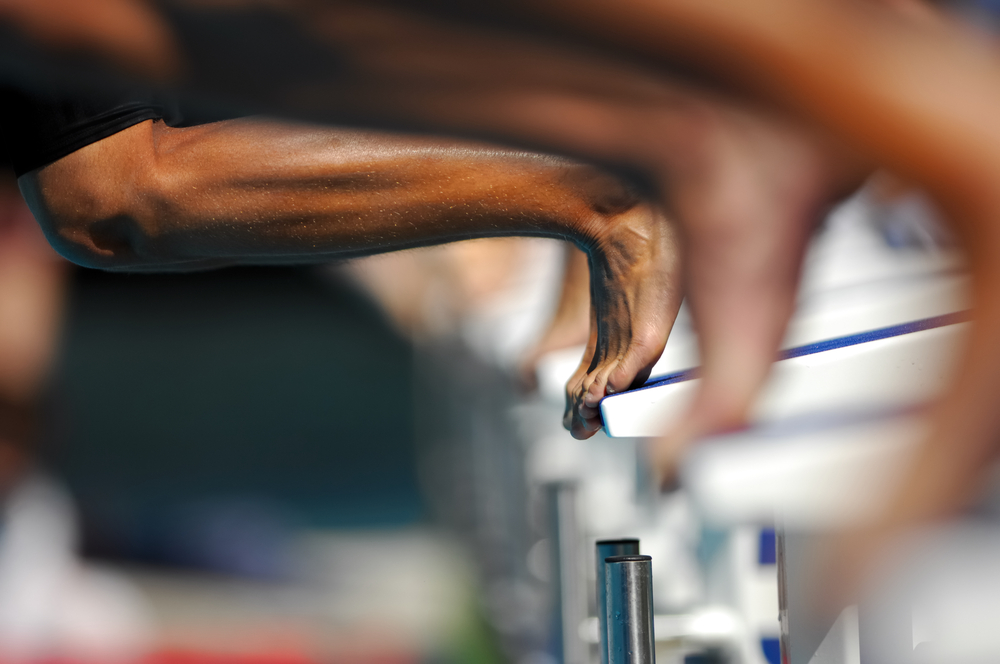How sport shows us to be better at customer journey mapping
Ok, where do we start? There’s no doubt that done properly, customer journey mapping provides rich insights into what it’s really like to have a customer or client experience and what we should do to make it better. In the right hands, it’s an effective tool that’s being used more and more. Personally, I’ve lost count of the times I’ve been in a meeting and there’s a cry from the back of “We’ll need a customer journey for that!”.
It’s great that organisations are putting themselves in their customers’ shoes more so than ever before. What’s not so great is that many of those “journeys” turn out to be existing linear process maps, operational flow-charts or decision-trees.
The problem there is that they will only start at the initial physical interaction, whether that’s walking into the store, arriving at the airport car-park, landing on the home-page or calling the help-line.
That approach is (questionably) better than nothing.  But to draw on the sporting analogy then, it would be like a coach trying to understand what drives the individuals in the team, what can be done to make them better, go faster and go further by drawing conclusions purely from an analysis that starts with the race-day itself.
But to draw on the sporting analogy then, it would be like a coach trying to understand what drives the individuals in the team, what can be done to make them better, go faster and go further by drawing conclusions purely from an analysis that starts with the race-day itself.
Olympic and World champions take years, if not a lifetime of dedication, family support and sacrifice to be in a position to start the races we watch today. A solo round-the-world sailor will only get to their start line after months and years of intense and meticulous preparation. We can trace a climber’s route to the summit but the physical start of the journey from base-camp is also the end of another long journey of forensic planning.
So starting a customer journey map at that initial physical contact point risks missing the key triggers, emotions and events that a customer experiences when they feel a want or need to engage with the brand – events that we could shape and influence in a way that sets up a successful experience for customers and our business.
For example, if I’m flying away on holiday in a month’s time I might start thinking now about how I get to the parking spot I’ve reserved; how I get from there to the right entrance and from there to the check-in desk. And what can I expect at security and in Departures, how does all that work? I’m anxious because it’s the first time I’ve flown and I’ll have an autistic relative with me who lives in the moment and is therefore totally reliant on knowing the certainty of what happens next.
So, an opportunity to recognise what’s most important to the customer as they begin the ‘journey’ from their perspective. And, a great opportunity for brand loyalty and advocacy. But it’s also a missed opportunity for the journey map that jumps from the booking at the travel agent 200 miles away and 12 months ago to the car park system, check-in process, cafe locations, signage and so on.
Every sporting journey, every journey of any sort has a starting point. The beauty and the beast of a map is that we can find a start-point anywhere. That’s the skill of the customer journey map – to find the right starting point.
Jerry Angrave Customer Experience Specialist and Consultant www.customerexperience.uk.com [email protected] +44 (0) 7917 718072
Leave a Reply
Want to join the discussion?Feel free to contribute!